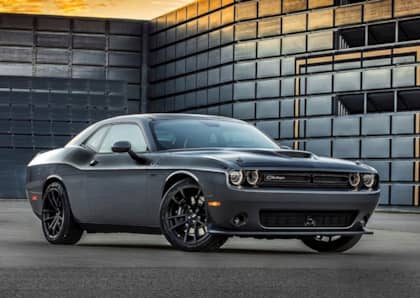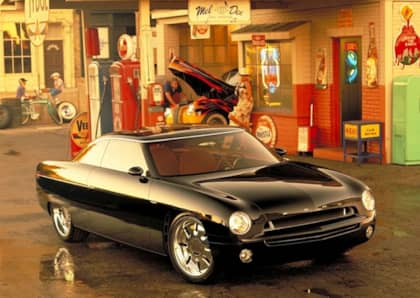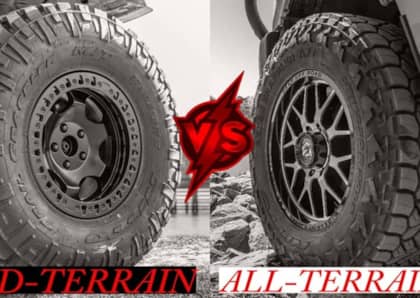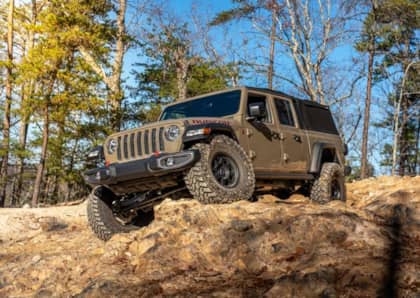TV's "Viper" Was the Boldest Automotive Product Placement of All Time
Once upon a time, product placement in TV and film was a little more heavy-handed than it is today. Whereas modern cinema and marquee television might discretely focus in on a character sipping from a particular can of soda, label facing towards the camera, or linger a little too long on the logo of their phone or tablet before panning up through the rest of the shot, 25 years ago marketers weren't sure the message was really getting through unless it had been slammed into your face, over and over, with the fury of a thousand suns.
Case in point: the phenomenally over-the-top series "Viper," which was created in the early '90s for the express purpose of selling, you guessed it, the Dodge Viper sports car.
Just Go For It
Wait a minute, wait a minute. You're trying to tell me that building an entire television program around a brand new car, then naming the series after the vehicle, and then having that particular model fight crime with incredible super powers is a little over the top?
Sure, from our current perspective maybe, but at the time, and in the wake of successes like "Knight Rider" and, um, "Knight Rider," it felt like the most natural thing in the world—especially if you're a major automaker looking to get some positive press for the highest-priced option in your showroom.
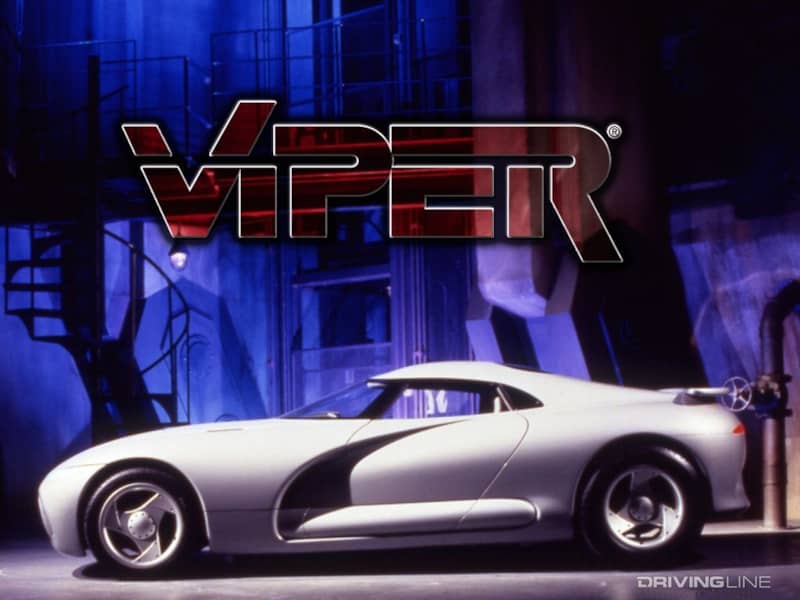
Not only did "Viper" star the Viper, but the show itself was created entirely out of whole-cloth by Chrysler, which partnered with Paramount Television's Danny Bilson and Paul De Meo (of "The Rocketeer" fame) to bring it to the small screen. For the estimated price of $1.5 million per episode—the equivalent of $2.6 million today—"Viper" offered Chrysler the chance to get its roadster in front of perhaps just as many millions of eyeballs each and every week, in addition to the side-gravy that was toy, t-shirt and other merchandise sales associated with the show.
After a bit of a rocky start, where CBS ended up dropping the show due to concerns about how incredibly violent it was, in addition to Chrysler filing suit against—no joke—ANOTHER cars-and-crime show ALSO called "Viper" that was in development at the same time and debuted on NBC in 1993.
They Fight Crime
The premise of the show was ambitious. Instead of relying on a cop driving around in a stock Viper (like Nash Bridges in "Nash Bridges"), or making use of an advanced, purpose-built crime-fighting machine (like KITT in "Knight Rider"), "Viper" decided to do both.
Main character Michael Payton (James McCaffrey) has his memory zapped, causing him to forget his previous life of crime and become, somehow, a police officer named Joe Astor. Due to his extraordinary driving abilities and his amnesiac link to the Outfit, the crime syndicate that runs the fictional metropolis of Metro City, he's chosen to drive something called the Defender, which is an ultra-advanced prototype crime-fighting car that morphs from standard Viper RT/10 into liquid-metal war machine in a matter of seconds.
Much political intrigue, murder and mayhem abounds for the next four seasons. Yes, you read that correctly: "Viper" lasted longer than seminal dramas of the time like "Freaks and Geeks" and "My So-Called Life." Not only did it have legs, being rescued by syndication after a slow initial outing (which lead to a lengthy hiatus), but it also continually upped the stakes, eventually destroying the titular car only to have it be reborn in the final story arc in Viper GTS form.
Sorry, that should have read "Viper GTS hovercraft form." There, that's better.
Prototypes And Production Values
Chrysler's hands-on approach to controlling every aspect of "Viper" that it could paid dividends for stunt coordinators and special effects teams, as they had access to not just the titular car, but an entire fleet of Dodge, Jeep, Eagle and Chrysler extras. Watch the show closely, and you'll notice that the near-future world inhabited by the Defender is populated almost exclusively by Pentastar products cruising the highways and byways of Metro City.
A keen eye will also detect a number of unusual differences between the Viper RT/10s patrolling the streets and the actual production model available at the time. This is because Chrysler lent the production engineering prototypes and proof-of-concept design rigs to use as needed during filming.
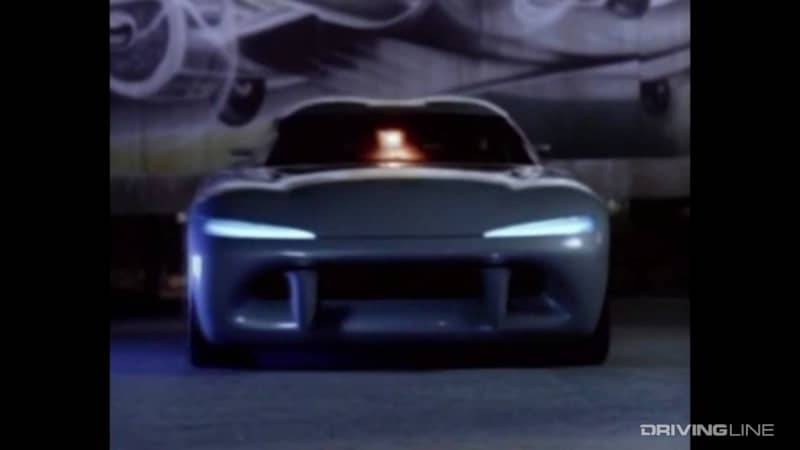
The Defender was itself designed by Chrysler's Steve Ferrerio, later the director of the company's Advanced Design Studio, and then built by Unique Movie Cars under the direction of Mike Sciortino. It's worth noting that each and every time the car transformed from RT/10 to Defender on-screen, it cost Chrysler and Paramount a cool $50,000 during the entire 13-episode first season, which helps explain why the show's budget was so staggeringly high.
Why Not Now?
Growing up, I loved the show "Viper" and was willing to overlook its many flaws because it was targeted exactly at me. I was at the perfect age as a teenager to ignore the crass commercial message of the program, while simultaneously throw the full weight of my imagination behind the idea of my favorite sports car being used as a tool for street justice.
It has me wondering if there are any vehicles on the market today that could support such a brazen attempt at sliding past our postmodern sensibilities with a brand celebration. While the recent attempt at rebooting "Knight Rider" with a Mustang stepping in for the original Trans Am might have failed after just a few episodes, perhaps there's room for a show where:
- a Ram pickup transforms into a robot to fight eco-terrorists. Working title: Rambusters.
- a Chevrolet Camaro SS works as a crossing guard by day while breaking up illegal dog-fighting rings by night. Working title: Canine Camaro Rescue Express.
- Jean-Claude Van Damme drives a very reasonably priced Toyota Corolla to a blue collar job each morning, and then comes straight home at night to his loving family. Maybe in one episode, he teaches his daughter how to drive. Working title: Toyota Family Values.
Surely someone, somewhere, has a little budget they could throw our way to get these ideas on basic cable?




